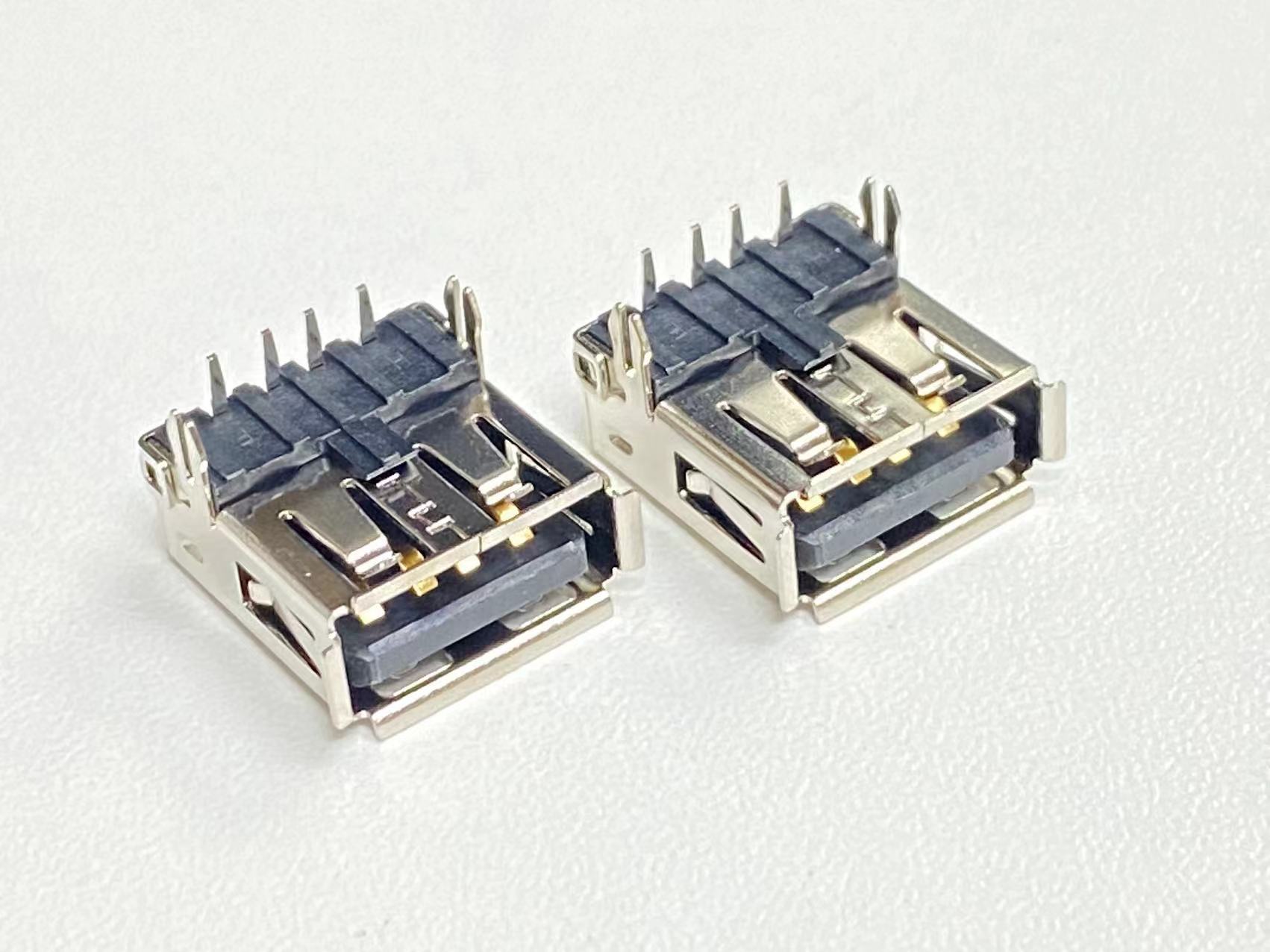In today¨s digitally-driven world, achieving crystal-clear visuals is paramount for everything from professional presentations to immersive gaming experiences. One of the key technologies enabling high-quality display transmission is DVI (Digital Visual Interface). Designed to deliver uncompressed video, DVI ensures you get the best possible image quality, whether you¨re using a high-resolution monitor, projector, or any digital display.In some cases, HDMI Interface The advantages will become more and more obvious, and it will be able to develop indomitable after market tests. https://www.szxianhe.com/
This article explores how DVI video transmission can elevate your visual experience and why it remains an essential connection in modern setups.
DVI Video Transmission
1. What is DVI and Why It Matters?
DVI, or Digital Visual Interface, was developed to replace outdated analog connectors like VGA and to provide a more robust way to transmit high-quality visuals. While newer standards like HDMI and DisplayPort exist, DVI is still widely used in a variety of applications due to its ability to handle high-resolution displays and its versatility with both digital and analog systems.
The defining feature of DVI is its ability to transmit uncompressed video, which means you get sharper and clearer images without any loss of quality. This is particularly beneficial in professional environments like graphic design, video editing, or any task that requires pinpoint accuracy and visual clarity.
Key Features of DVI:
Uncompressed video transmission: Ensures crystal-clear images without quality loss.
High resolutions: Supports displays up to 2560×1600 in dual-link mode.
Backward compatibility: Can connect both analog and digital devices, making it ideal for mixed setups.
2. Types of DVI Connectors
Understanding the different types of DVI connectors is essential for optimizing your display setup. The three main types of DVI connectors are DVI-D (digital-only), DVI-A (analog-only), and DVI-I (integrated, supporting both analog and digital).
2.1 DVI-D (Digital Only)
DVI-D is the digital-only variant of the interface, designed specifically for modern digital displays like LCD monitors or digital projectors. Since it transmits only digital signals, it offers pure, unaltered image quality.
Single-Link DVI-D:
Supports resolutions up to 1920×1200 at 60Hz, which is perfect for most home or office setups.
Dual-Link DVI-D:
Supports higher resolutions up to 2560×1600, making it ideal for gaming, design work, or any task requiring ultra-high definition.
2.2 DVI-A (Analog Only)
DVI-A is designed to carry analog signals, similar to the older VGA connection. It¨s mostly used for connecting older CRT monitors or for setups where digital-to-analog conversion is required.
2.3 DVI-I (Integrated Digital and Analog)
DVI-I is the most versatile connector, as it can carry both digital and analog signals. This makes it ideal for users who need to connect to a variety of display types without swapping out cables.
Dual-Link DVI-I:
Allows users to connect both analog and digital devices.
Supports high resolutions for digital displays while retaining compatibility with analog setups.